For most of us, the measure for any successful transformation tends to be the direction in which the needle on the scale moves.
However, tracking your weight is a blunt, one-dimensional metric that we rely on far too often as a benchmark to measure our progress.
Did you know your weight can fluctuate?
The main reason for this is that your weight can fluctuate wildly throughout the day due to, among other things, your most recent meal and rate of digestion, your current hydration level, your hormonal balance, how much coffee you drank, and your training. There are also numerous medical reasons why your weight can fluctuate on a regular (often hourly) basis.
Also, your weight doesn’t paint a complete picture in terms of what is happening to your body during a transformation because it’s composed of a number of different tissues and constituent elements, including muscle, adipose tissue (stored fat), water, our organs and bones, ligaments, tendons and other connective tissue such as fascia. The combined mass of all of these determines the figure we see on the scale – our weight.
A better body composition measure
But when we clean up our diet, manage our calorie intake, and exercise, we change our body composition.
Most notably, when we exercise, particularly with weights, we burn calories predominantly from stored fat and we build more muscle.
In this case, the number on the scale may actually increase as muscle tissue is denser than fat and, therefore, weighs more. And because the scale is not capable of discerning between the different types of tissue in your body (unless you have a smart scale), the combination of which contribute to your total weight, this can often be disheartening for anyone trying to reduce their weight.
It is, therefore, a better idea to gain a more holistic view of your body by conducting regular body composition assessments.
By incorporating a full battery of tests, which should include circumference measurements and a body fat analysis, in addition to your weight, you’ll get a more complete picture of what’s really happening.
Body comp tools
Circumference measurements: Measure the circumference of key areas of your body such as your waist, hips, upper arms and legs, chest, neck, calves and any other ‘problem area’ that you may want to monitor.
Waist-to-Hip Ratio (WHR): With your measurements in hand, use this calculation to establish your relative body fat distribution pattern to determine your general body shape, be it a pear or apple. It is also an ideal metric to determine your health risk, with higher values indicative of higher risk due to a greater amount of visceral fat (inside your abdominal cavity and around organs) in relation to subcutaneous fat (under the skin).
Weight: While we suggest you don’t use this as your only measurable, we certainly don’t advocate eliminating it from your assessment protocol. When used in conjunction with the other metrics, it can be useful.
Body Mass Index (BMI): One useful purpose of your weight is to determine BMI – a measure of your ideal weight for your height (BMI = weight/height in metres²). It is not a perfect formula as it isn’t representative of athletic individuals who carry more muscle mass because it doesn’t take body composition into account. For those starting out, though, it can be a useful tool to set goals in terms of weight loss. An ideal BMI is 20-24.9.
Body fat analysis: Possibly the most important tool at your disposal in terms of tracking progress is a regular body fat analysis. There are many methods available, all of which will give you a better indication of how your body composition is changing, regardless of your weight. The most common tools include:
- Bioelectrical Impedance Analysis (BIA): Determines body composition by sending a low-level, safe, electrical current through your body. As the current moves at different speeds through the various body tissues, such as bone, muscle and fat, it can estimate fat and fat-free mass. A number of body fat analysers and scales now use this technology.
- Skinfold measurements: Estimates body fat percentage by measuring skinfold thickness at specific locations on the body which are input into formulas to convert measurements into an estimated body fat percentage according to a person’s age and gender.
You can also include a few subjective methods to give you a better sense of how your body is changing and track your progress. These can include:
- Photographs: Pictures don’t lie. If you capture your progress in pictures at regular intervals you will clearly see how you are progressing. Keep everything the same – lighting, location, time of day, and distance from the camera.
- Clothing: Are your clothes getting tighter or looser? Do you need to buy clothing that is a size smaller? These are all good indicators that you’re making progress, even if the scale doesn’t say so.

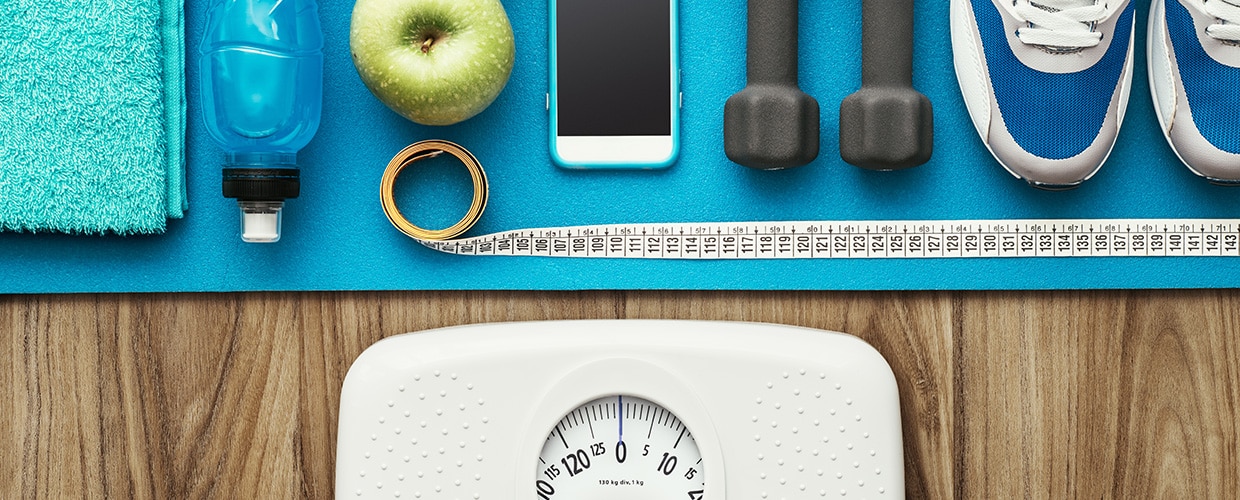
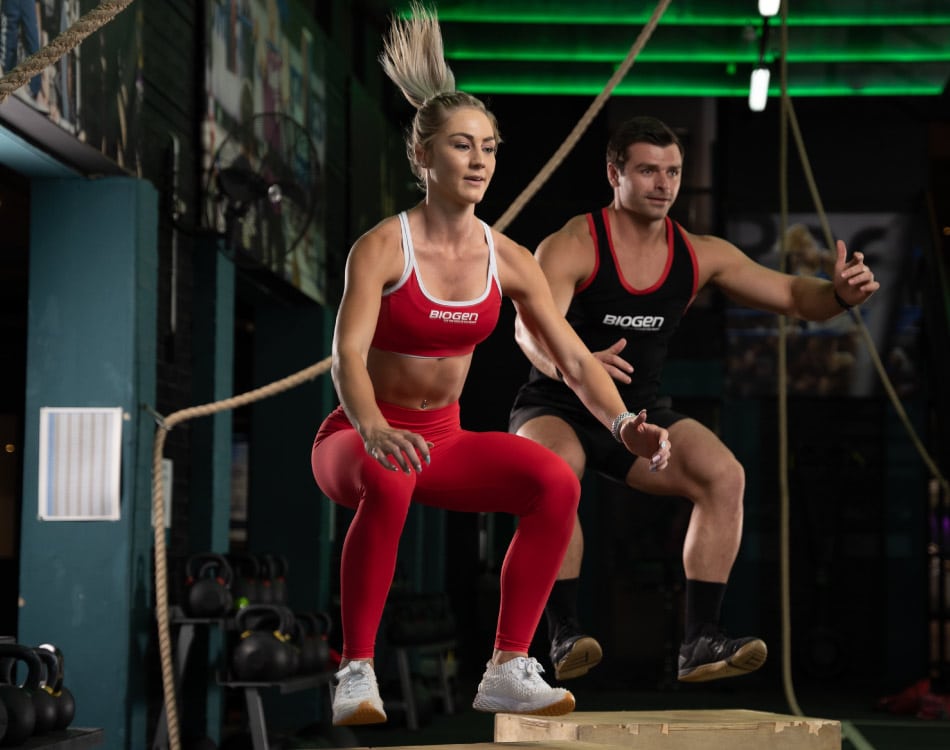
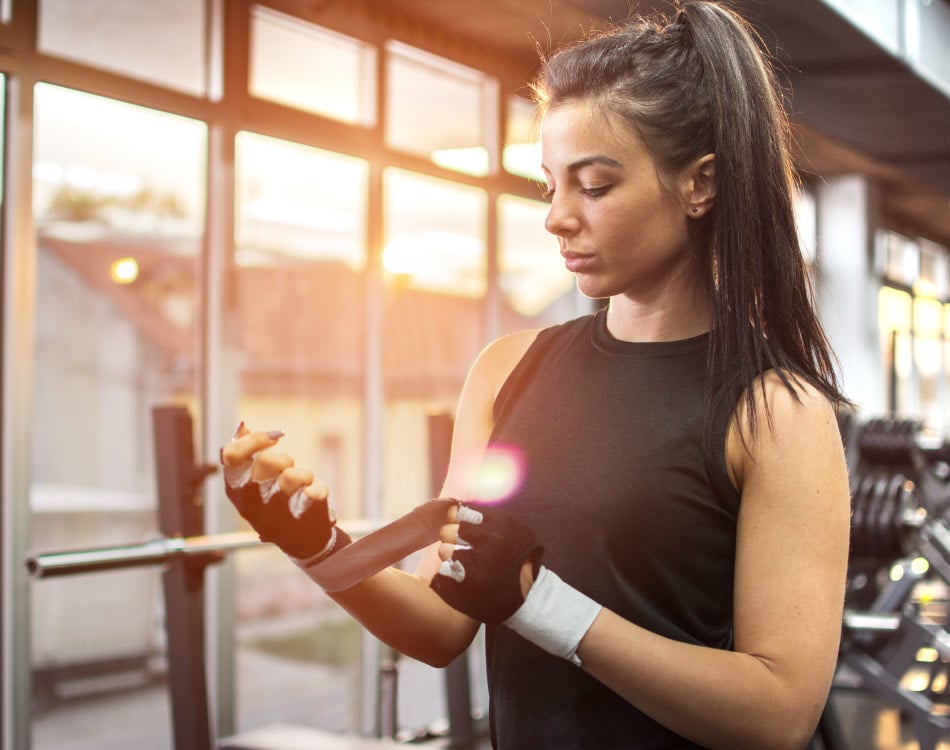
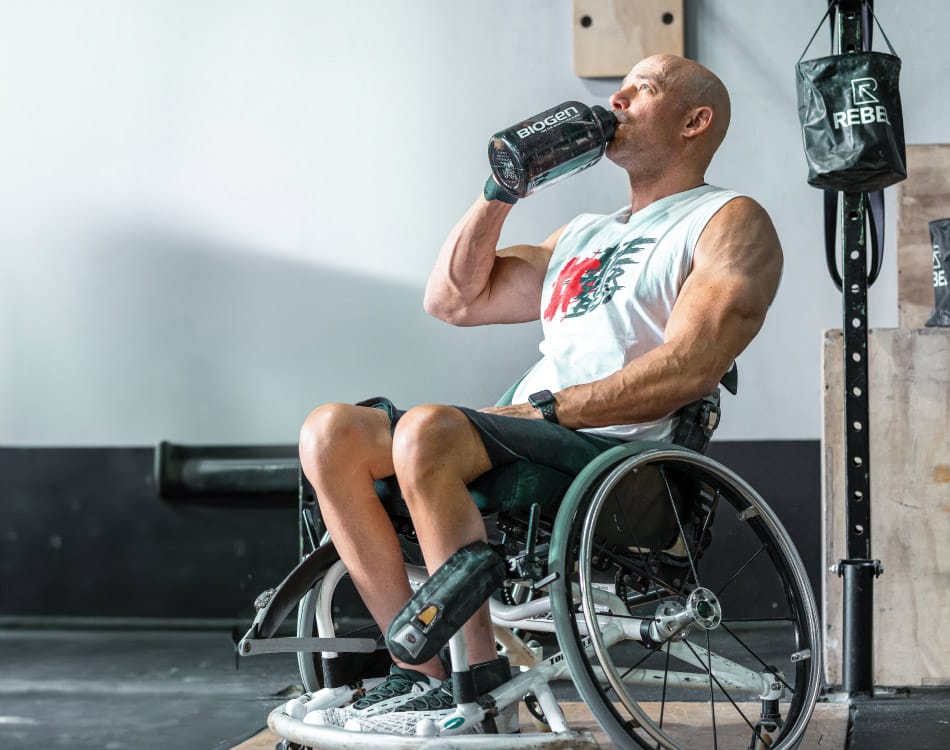
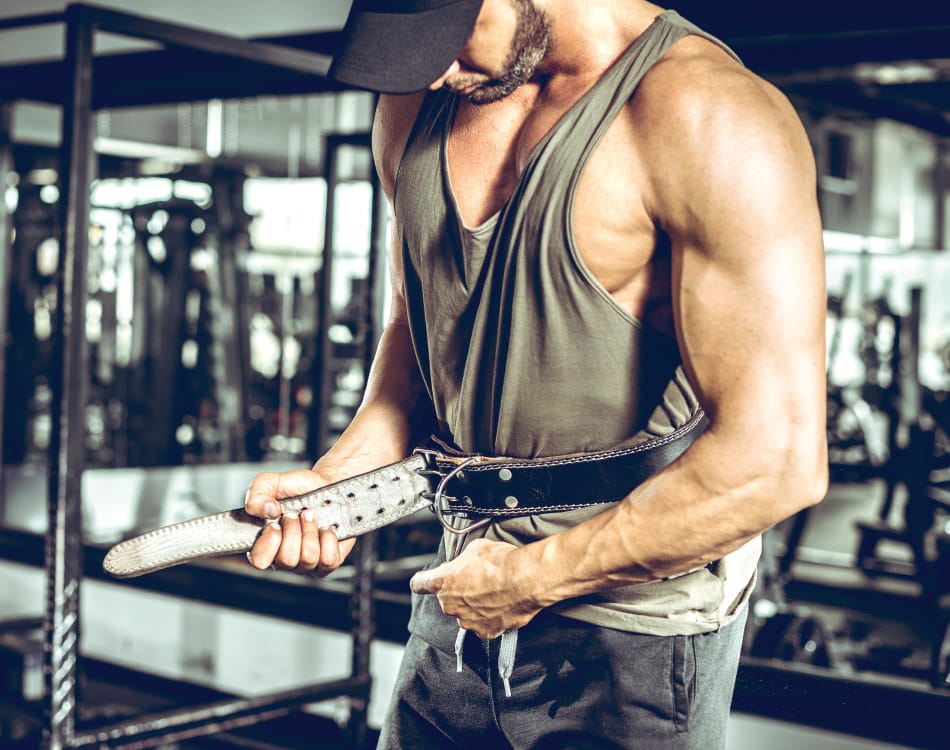
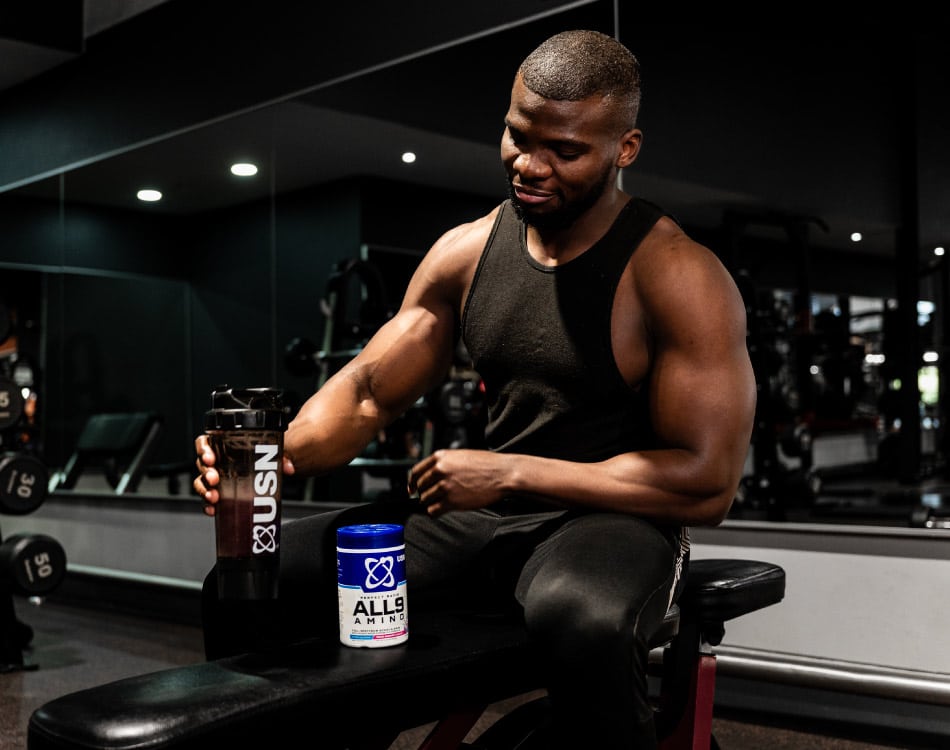


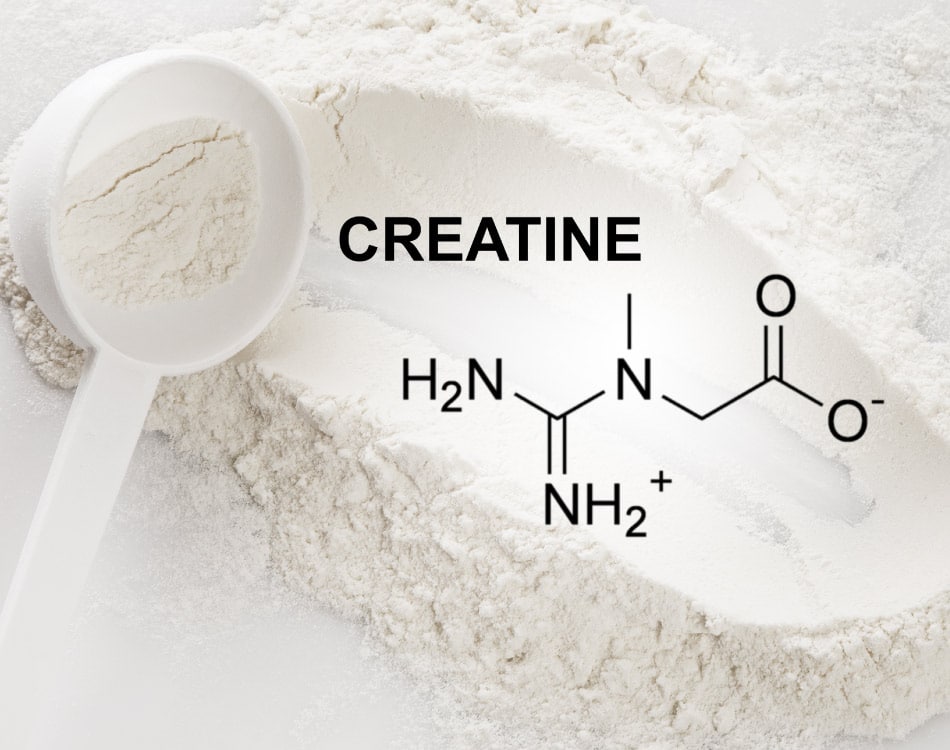
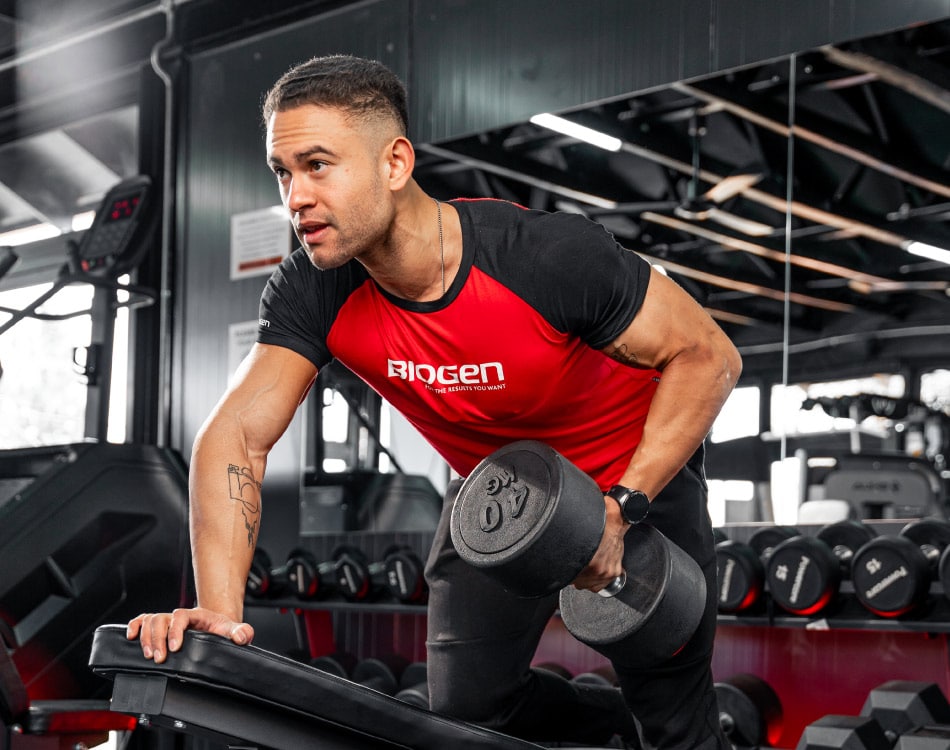

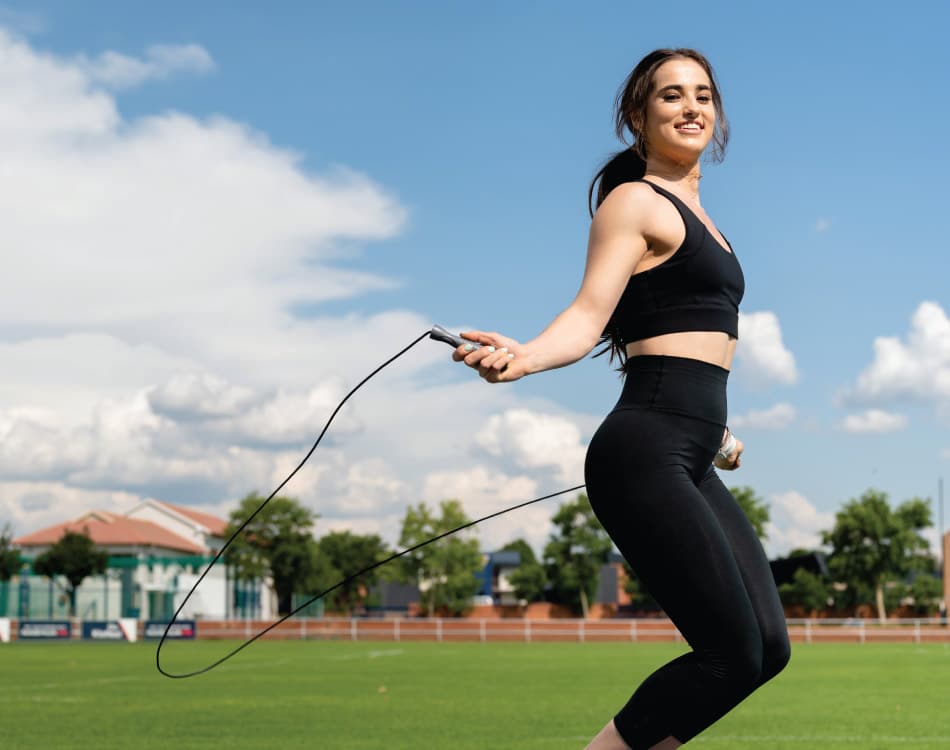
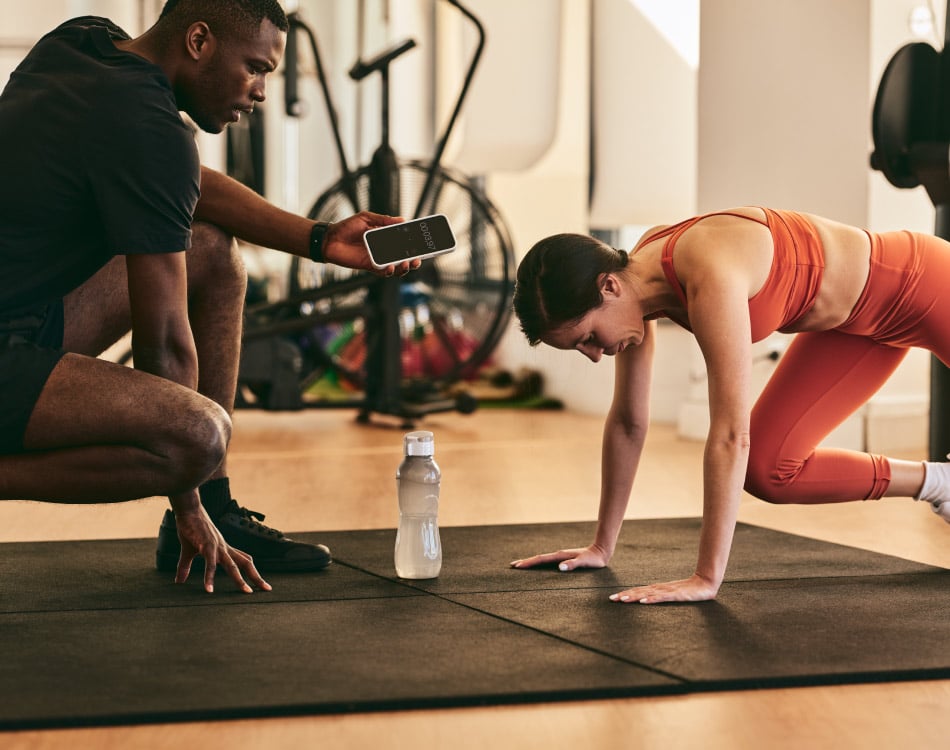



Leave A Comment